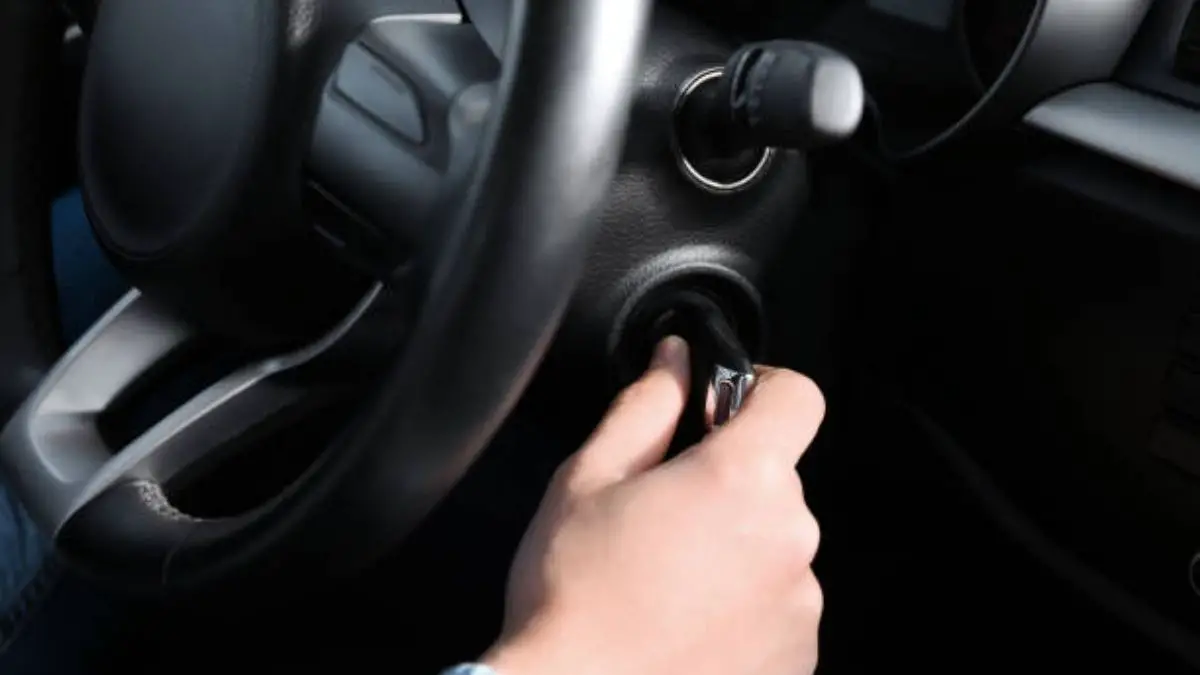Ignition coils are an essential part of any car’s combustion engine, that produces the high voltage necessary to make the engine run. It’s made up of two coils, and when current flows through one it creates a magnetic field which induces a flow in the other.
Table of Contents
Why Does an Ignition Coil Get Hot?
The reason the ignition coil gets hot is that the coil converts a 12-volt current from the battery into a higher voltage that jumps the gap in the spark plug and ignites the fuel-air mixture in the cylinder. It has to do this hundreds or thousands of times per minute, so it heats up a lot.
another reason for this heat is that the spark plug and coil have to be hot enough so that they will ignite the fuel when it is sprayed into a combustion chamber.
Another factor in getting an ignition coil too hot can be if there is not enough current available from the battery, this could happen if the battery is old or has been drained. In this case, instead of using 12 volts to create higher voltage from a coil of high resistance wire, it would need more power at lower voltages to overcome friction (heat) and reach the sparking point in the plug gap. That means that an ignition coil getting hot might indicate a problem with the battery or some other electrical system.
Can an ignition coil overheat?
The coil in the ignition system can overheat if you run the engine without a load or with too low of a load.
The more work that is required for an engine, the worse this will be. So as engines get older and wear out, they can struggle to stay running with loads under 50%. The best way to prevent this problem is to use an engine coolant or electrical cooling fan to keep the coil from overheating when under heavy loads.
There are also other problems that can cause the coil to overheat, such as a shorted or open circuit.
How do I keep my ignition coil cool?
It is best to use an engine coolant or an electrical cooling fan to keep your coil from overheating when under heavy loads.
another way you could help prevent the coil from getting too hot is by using high-quality spark plugs and wire, as well as routine inspections. If the engine starts having issues with other parts of the combustion system, it might be time for a tune-up.
What are the symptoms of a bad ignition coil?
The symptoms of a bad ignition coil can be hard starting, lack of power, misfiring, and running too hot.
These are all signs that the coil is nearing its lifespan and should be replaced in order to make sure that your car runs as it should.
A bad spark plug can also cause your car not to start or misfire. This is because it cannot ignite the fuel-air mixture at the correct time due to a shorted or open circuit in its wiring harness. It is important to have a mechanic test the coil and plug when these symptoms appear.
A car’s ignition coils can also be replaced with an aftermarket part that has higher voltage output or lower system resistance, which will require you to make some adjustments in order to keep your engine running at its best potential.
Can I drive with a bad ignition coil?
Can you drive with a bad ignition coil?. The answer to this question is that you can, but if your coil starts having signs of wear and tear, it could lead to more serious issues. Ignition coils can stay in the car for a long time, and it’s not always easy to tell when they are going bad. If you suspect that your coil is not working properly, have it checked out by a mechanic.
How do you check your ignition coil?
To check an ignition coil, you want to start by checking the spark plugs for wear. If they’re not worn out too bad, inspect the plug wires and make sure there’s insulation on them where it needs to be. Inspect the air cleaner and fuel delivery system as these are possible causes of trouble as well. If all else fails, pull off one side of your distributor cap to see if there is any dust inside your rotor. There should not be dust if everything is working properly.
There should be no more than a few drops of oil or fuel in the distributor cap, and there shouldn’t be any noticeable damage to the points. If you find signs of wear, try cleaning your distributor with an appropriate solvent or get it replaced. The coil will also need to be checked for cracks as well as heat resistance and voltage output.
Conclusion
Ignition coils provide the spark that fires the fuel-air mixture in an engine. If you suspect your coil has gone bad, start by checking for worn-out spark plugs and plug wires as well as signs of wear on other parts of the combustion system like air filters or fuel delivery systems. When it comes to replacing a faulty ignition coil, there are many replacement options available so be sure to consult with a mechanic about which type is best for your vehicle’s needs. Ignition coils should not overheat if they’re operating properly but make sure to use coolant or electric cooling fans when needed while driving under heavy loads because this will help avoid any problems before they happen.
Reference
7 Signs that Your Car has Ignition Coil Problems


